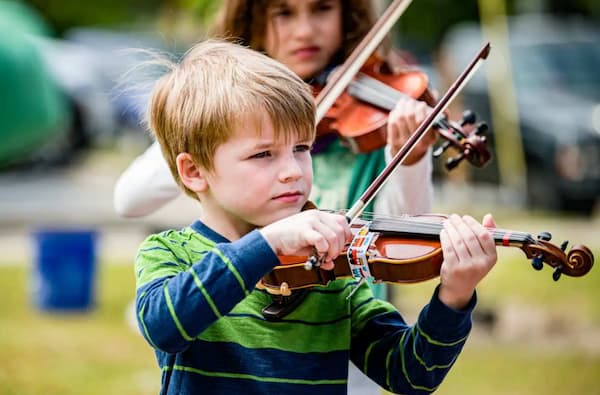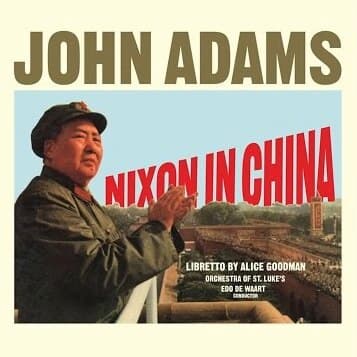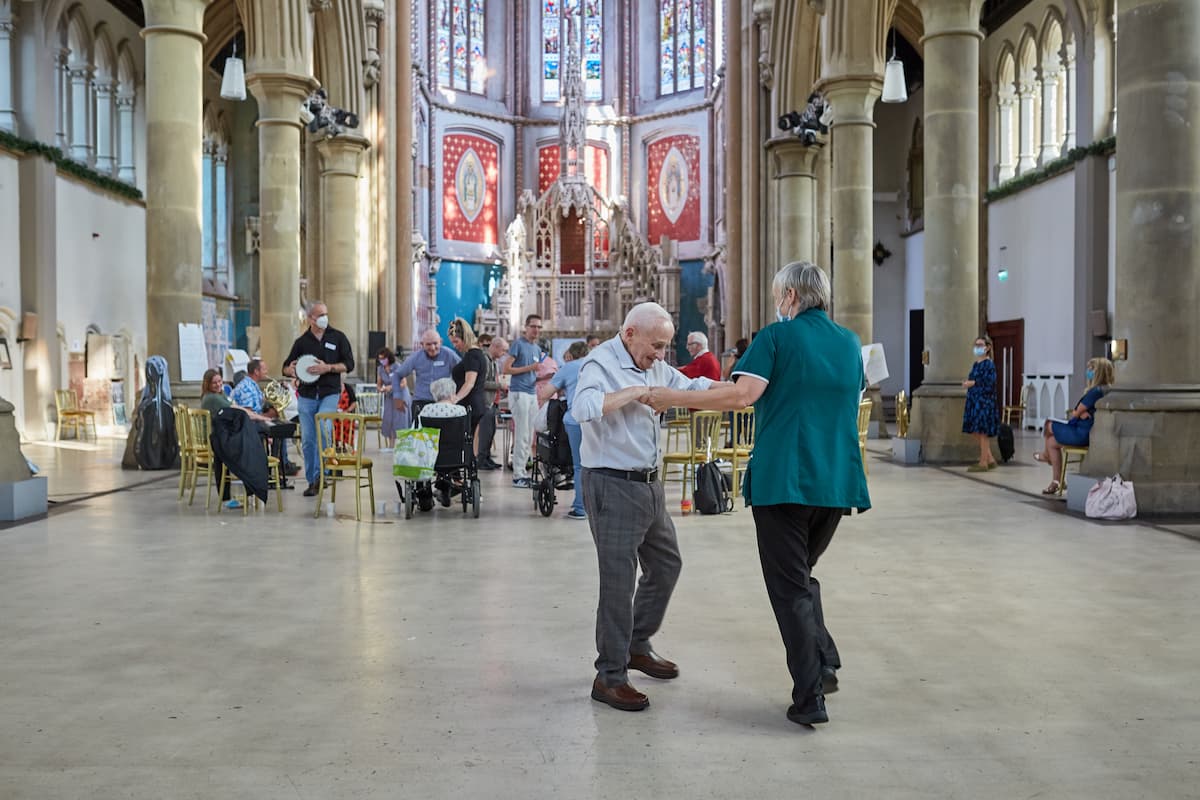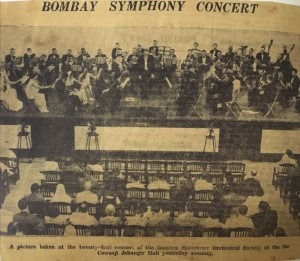
Credit: Olga & Jules Craen Foundation
Mumbai has always been a stopping point for Symphony Orchestras in their world tours, and has, over the years, played host to a plethora of world renowned ensembles and soloists. Until 2006, though, Bombay had never had it’s own professional symphony orchestra.
Whilst the SOI is indeed, India’s first fully professional symphony orchestra, employing musicians from across the globe alongside international soloists and conductors, it is not the first, or indeed the only, orchestra in Mumbai. The history of the symphony orchestra in Mumbai actually spans over a hundred years; orchestral playing is in the city’s blood, it is a tradition infused with passion, dedication and perseverance.
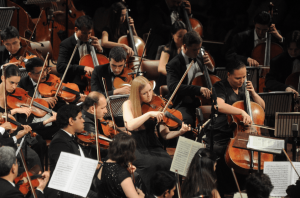
Symphony Orchestra of India
Credit: NCPA Mumbai
Behr, a German citizen educated at the Royal College of Music in London, was the conductor of the Governor’s Band and leader of several small scale light opera productions in the city. In June 1920 he wrote a long and detailed letter to the Times of India outlining his plan for the formation of a full Symphony Orchestra, the first of it’s kind.
“My second scheme is that as the orchestra would be for the people, it should be of the people also – that it should consist of Indians. Mahomedans, Hindus, Parsis, Goanese, Anglo-Indians, in short, of any musical talent to be found in this country strengthened by capable European players in different sections of the band.”
Behr added:
“I should take women as well as men.”
An orchestra for the people and of the people. A mixed religion, mixed ethnicity, mixed gender orchestra would have, for its time, been a highly controversial and progressive notion. This level of cosmopolitanism was unheard of in European orchestras, and would certainly have been groundbreaking in Mumbai. Behr, though, was not in a position to refuse willing musicians of any ethnicity or gender, and saw the orchestra as a means to create local jobs and to inculcate in India a love of symphonic music by actively engaging local musicians.
But who was to fund this grand scheme? Behr implored the Bombay municipality to fund his orchestra, writing in the same letter:
“If this can be done in Shanghai why not in Bombay with all its wealth?
It (Western Art Music) is the highest form of the art that has been developed and it is as desirable a form of culture in a great modern city as good architecture, good manners and any other kind of higher education.”
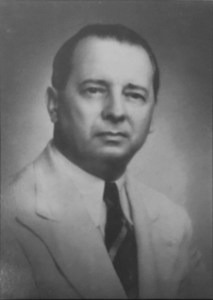
Jules Craen
Credit: Olga & Jules Craen Foundation
In 1935, a mere seven years after the first Bombay Symphony Orchestra folded, local violin maestro Mehli Mehta and Belgian conductor Jules Craen gathered together local amateur players and professional musicians from the hotel bands, and formed another orchestra, which they also named the Bombay Symphony Orchestra. Bombay’s western-music aficionados, which during years around the war was swelled with a constantly fluctuating mix of foreigners as well as a steadily growing wealthy Indian elite, were once again able to experience symphonic music. The orchestra performed regularly, using the Cowasjee Jehangir Hall as their main venue, and also provided accomplishment for visiting musicians passing through on concert tours around Asia.
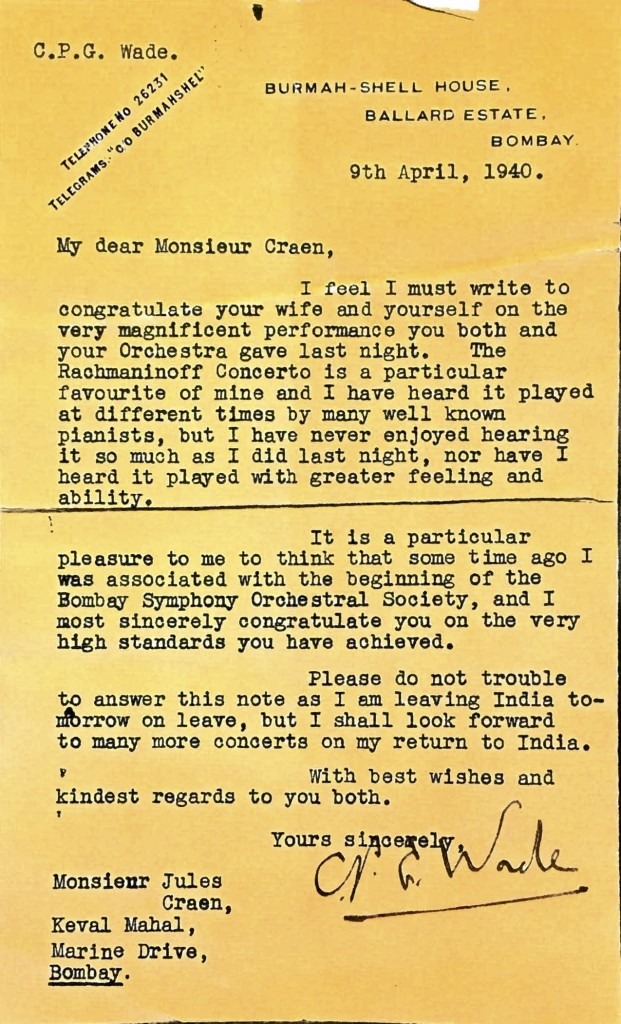
Credit: Olga & Jules Craen Foundation
A local newspaper described this new Bombay Symphony Orchestra as follows:
“The Bombay Symphony Orchestra, in which Parsis, Muslims, Hindus, Goans, Hungarians, Frenchmen, Germans, Austrians and Englishmen combine to produce harmony. Mon. J. Craen the conductor, claims to lead the most cosmopolitan orchestra in the world.”
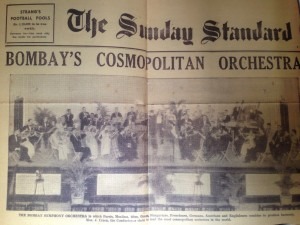
Credit: Olga & Jules Craen Foundation
By 1955 the second Bombay Symphony Orchestra had fizzled out, as had it’s namesake before it. In 1957 it was briefly reformed by a Goan lawyer named Vere Da Silva, under a new name, the Bombay City Orchestra, but again faded when Da Silva left to pursue a career in law in the U.K.
Still, Bombay would not be without an orchestra for long.
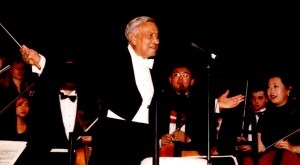
Mehli Mehta
Credit: Mehli Mehta Music Foundation
Dinshaw gathered together a group of like-minded individuals and formed a new society, the Bombay Chamber Orchestra Society, which in turn supported a new orchestra, the Bombay Philharmonia, using old members of the Bombay Symphony Orchestra alongside new members, some Bollywood professionals, and many of Dinshaw’s own students. They invited Professor Koellreutter, director of the Max Mueller Bhavan in Delhi, to conduct them and began putting on concerts. In 1968 the director of the Bombay branch of the Max Mueller Bhavan, Joachim Buehler, stepped in as conductor, and carried on the baton until he left India in 1980, making way for a series of guest conductors specially invited each season.
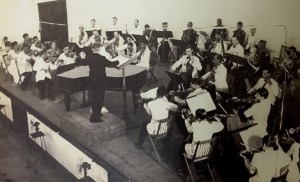
Credit: Olga & Jules Craen Foundation
The Bombay Chamber Orchestra wasn’t the only orchestra to be founded in Mumbai in the 1960’s. In the late 1960’s in the leafy suburb of Bandra, multi-instrumentalist, performer, teacher, and all-round musical superstar Josic Menzie founded a Pops Symphony Orchestra. The Pops Symphony performed light classical and popular works arranged by Menzie and his students. Like the BCO, Menzie’s Pop’s Symphony was amateur, made up of the many amateur musicians resident in Bandra, often of Goan origin, though he sometimes invited Bollywood professionals to fill empty seats. This orchestra carried on throughout the 1970’s, disbanding at the end of that decade.
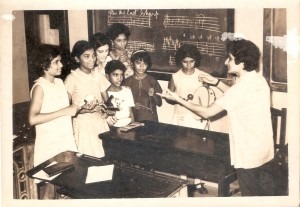
Jini Dinshaw
Credit: Bombay Chamber Orchestra
A multitude of other smaller orchestra’s and music societies have existed along the way: Cecil Mendonca’s Choral and Philharmonic Society in the 1940’s, the Bombay Madrigal Singers’ operas in the 1960’s, the Sangat Festival Orchestra, organised by the Mehli Mehta Music Foundation, which formed for a short time each year from 1996 until just a few years ago, to name but a few. And throughout it all, Bombay has had it’s symphony orchestras, indeed, since 1920 the city has only had a total of twelve years when there has not been an active orchestra.
Until the SOI formed in 2006 the story of the Symphony Orchestra in Bombay was one of passion but also one of frustration. Dedicated amateurs always played in Bombay’s orchestras for love rather than money, and passionate individuals worked all hours of the day and night to keep their orchestras going.
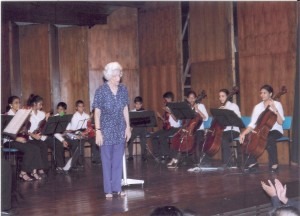
Credit: Bombay Chamber Orchestra
The SOI is somewhat of a different story. Founded with the intention of being a full scale, professional symphony orchestra, paying professional musicians from both India and abroad to play at a world class standard, this orchestra has the prestige and power of the NCPA behind it, bolstered by funding from corporate sponsors, support from international orchestral organisations, and a full-time staff running the management and logistics of what is, after all, a huge undertaking. This orchestra means business.
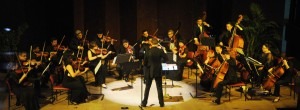
SOI Chamber Orchestra
Credit: NCPA Mumbai
Despite this, the SOI has established a base of regular fans who attend concerts every season, and is now reaching out to audiences who are perhaps new to orchestral music, often putting on concerts at the Prithvi theatre in the northern suburb of Juhu. Their tenth anniversary season promises to be a musical extravaganza, with performances of many classical favourites and concertos performed by world famous soloists.
The SOI is one of many orchestras that have thrived in Mumbai, the sole professional endeavour in a long list of amateur orchestras made up of local musicians playing for the love of music, giving their time for free, and keeping the tradition of orchestral playing alive in the city for all it’s residents to enjoy.
By Hannah Marsden
This Article first appeared on Serenade Magazine on September 1, 2016.

